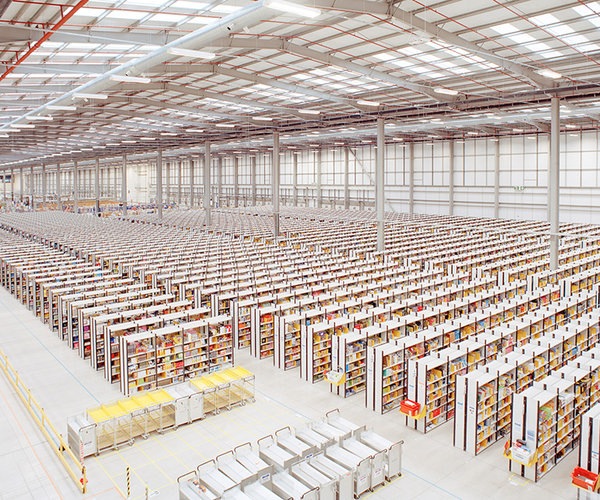The incredibly smart people of BERG hacked a washer and proves a great deal of areas where connectivity help. I mean, the “find repair people” part alone is worth a lot. Some time, after 2 years of really not thinking about it. Postponing rinse takes care of the “shit, sorry I can’t because I’m doing the washing” problem. There are probably not many products that do not benefit from connectivity.
I talked aobut this and that (which is what interesets me most) with a very technically oriented ex-colleague who shared a conversation with interaction designers of a more visual background and nature, and how that hinders the thinking around connected products. “What’s a couch gonna say to me?”. Nada, but tracking the use of it provides input to material choices and manufacturing (something that today is a part of the manufacturing process, but pehaps could be combined and outsourced to “natural use situations”) as well as feedback to healthcare industries benefiting from understanding our couch-potato-behavior.
Cloudwash: the connected washing machine from BERG on Vimeo.


